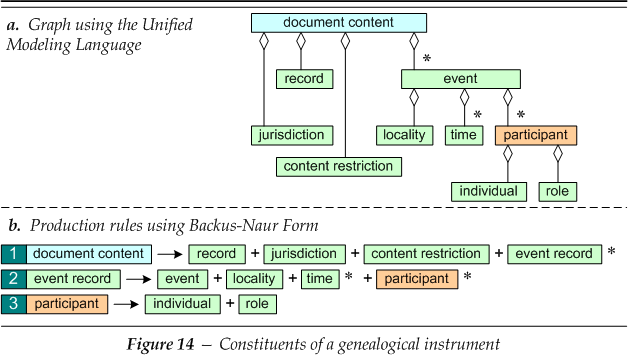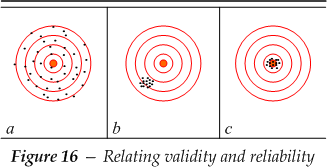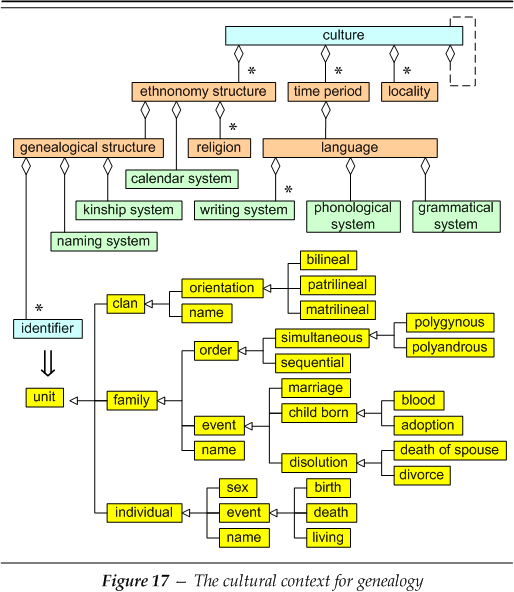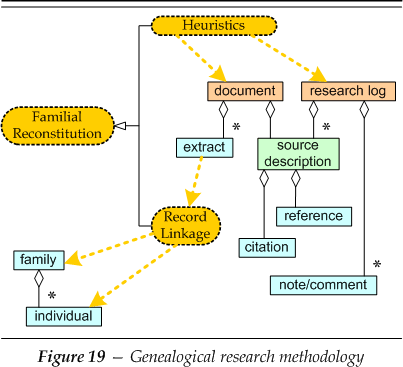
| The philosopher and scientist, Roger Bacon “Doctor Mirabilis” (c.1220–1292), is best known for his emphasis on the importance of experimentation. His work in alchemy and optics led to a number of technological advances, such as the routine production of gunpowder and the use of spectacles. Galileo Galilei (1564–1642), an Italian philosopher of science and contemporary of the viscount Francis Bacon, was keen on instrumentation and well known for pointing his telescope skyward. He immediately recognized that his act must lead to a filling of a gap in man’s knowledge of the heavens. He emphasized the importance of testing out the validity of initial assumptions. Even though all the steps in reasoning out the logical consequences of some set of facts may be infallible, if any one of those facts is not well founded, the consequences are irrelevant. It is the scientist’s task to design an experiment that will isolate the hypothesized regularities, and in this way establish and support them from actual experience. Since it is important to be certain of the results, the experiment should also exhibit repeatability. Other scientists should be able to perform the same experiment and get the same results. The quantity of data obtained generally affects how confident the investigator can be that the hypothesis is valid. |
Instrumentation.It is easy to think of the instruments that physicists and chemists have available for taking measurements: telescopes, spectrometers, thermometers, microscopes, etc. Sometimes the data from such instruments are fed directly into a computer that then does a great deal of the analysis and transformation of the data. The empirical scientist has to choose or design and construct an instrument that will measure the attributes of matter as the parameters of his proposed law. Psychologists and sociologists of the empirical bent often construct their own instruments. To measure attitudes they use questionaires testing the mind or social consciousness of the individuals under study. There are some scientists who take advantage of modern technology by measuring electrical discharges in the brain to correlate with written responses. Sometimes instruments to measure one aspect are actually tuned to measure some other related aspect based on the validity of a previously accepted law. A demographer may devise tests to judge the reliability of certain census records. A prosopographer may study christening records for the appearance of certain witnesses and godparents. An oral genealogist uses recorded texts to serve as ultimate documentation for the traditional lineages of a tribe. An autobiographer will often dispose of written documents and simply turn the vital questions on himself and make his own judgements and conclusions about them. However the investigator chooses to gather data it is his own responsibility to see that it is valid, reliable, appropriate, and objective. |

| Some instruments of genealogy may be roughly categorized and classified as in figure 14. Normally the instruments of genealogy are the records of various types that were produced historically and remain as artifacts of the events that took place in the past. As in paleontology the investigator in family history is not in any position to invent his own instruments. Like fossils records they exist or they do not. One way for the researcher to express creativity best is in using novel and extra-ordinary ways to derive family and individual, viz. biological, information from ordinary sources, viz. fossils. Another challenge is to find the present home of whatever historical records, viz. fossils, may still exist. |
| One of the entities of figure 14, the genealogical event, is diagrammed ontologically in figure 15. Every one of the entities in green has its own ontology, i.e., its meaning by use, in genealogy. On the far right are examples of various events that might have left traces in documents. The branching graph shows the various subclasses of event in how these particular examples might be used in proving that a particular individual or family existed. |

Research design.Normally any good instrument will suggest by its very existence its applicability in the research process. Indeed we can probably plan a strategy and design a test to gather evidence for or against any given hypothesis. The challenge is to remove oneself from the design; to make the test objective. It would seem to be very important to be ignorant of the probable outcome of the test beforehand. In some cases an instrument might be made to give the expected result. The results must go through a careful evaluation. Many designers will provide for feedback and include checks and balances to assure that the test is unbiased. Still the investigator must be sure that the instruments are calibrated so as to provide consistent and reliable results. To assure it is valid they must isolate the instrument from the influences of parameters that they do not want to measure. Thomas R. Renckly (2001) relates reliability and validity through the following analogy. |

| Suppose we want to use a gun to hit a bull’s eye. In (a) there is something like a real problem with the gun’s sight and/or the shooter’s skill in using the gun. It is not very reliable. In (b) there is no feedback to the user and so even though he is very consistent, the gun is not calibrated to hit the bull’s eye, so it is not valid even though it may be reliable. In (c) the instrument not only hits what it should, it does so consistently. |

| There seems no way to calibrate the instruments of genealogy, but there is a way to gauge their accuracy. The interpretation of the records brought to bear on the research problem must be done in the context of the culture in which they were produced. Figure 17 illustrates some of the cultural elements that become part and parcel of the records produced. Figure 18 gives the same elements in the form of production rules. |

Performing research.After having designed the research project and developed, evaluated, or otherwise obtained the instruments required, there is little more to do than gather the results of the experiment — the data. To avoid bias the investigator must remain as objective as possible, being careful to accept all the data, unless there are problems that arise in these processes. It is usually important to constantly check whether the assumptions made remain valid or whether the instruments are functioning correctly or at least as expected. Figure 19 diagrams a number of elements produced and practices performed which characterize a careful researcher’s methodology in familial reconstitution. |

| The process of familial reconstitution consists in at least two phases: 1) heuristics, and 2) record linkage. The first of these is what the genealogist does to locate and produce an extract of the source relevant to compiling the individual person and family of interest. The second is what the genealogist does to reconcile multiple extracts (source records) as relating to the same entity. |
Repeatability and data volume.Hopefully the researcher has designed the experiment well. Otherwise the community of investigators in his field will not be able to replicate the results and accept the data as valid. They must be able to build a similar test and get similar results. The acceptance of the laws hypothesized and then claimed by the investigator to be valid may fail to be accepted in the community. When the analysis is statistical, it is always important to have enough data to establish the results with a sufficient degree of confidence. In general the more the data, the more the confidence there can be in the analysis. However, the experiment must assure that it is relevant to the hypothesis at hand. |